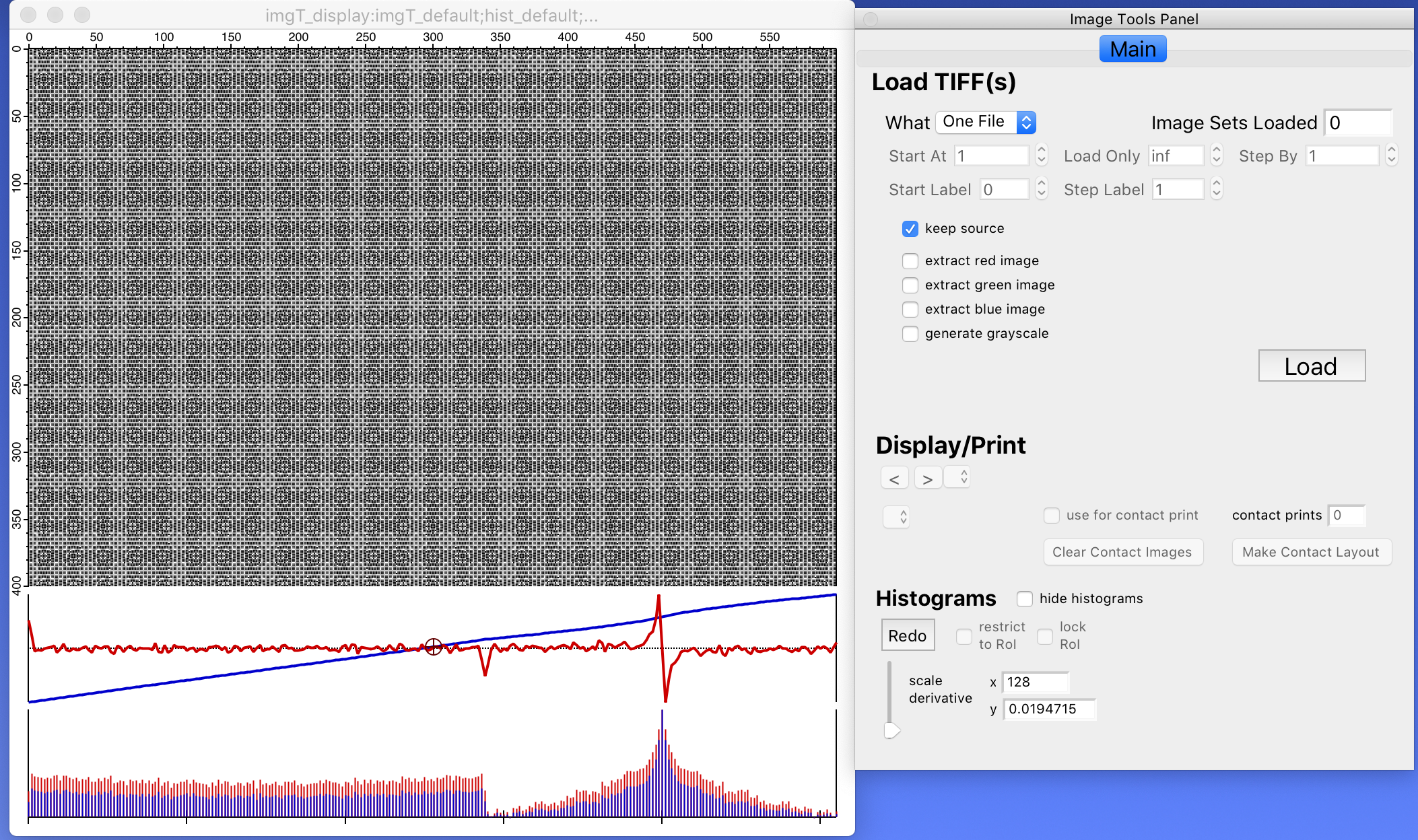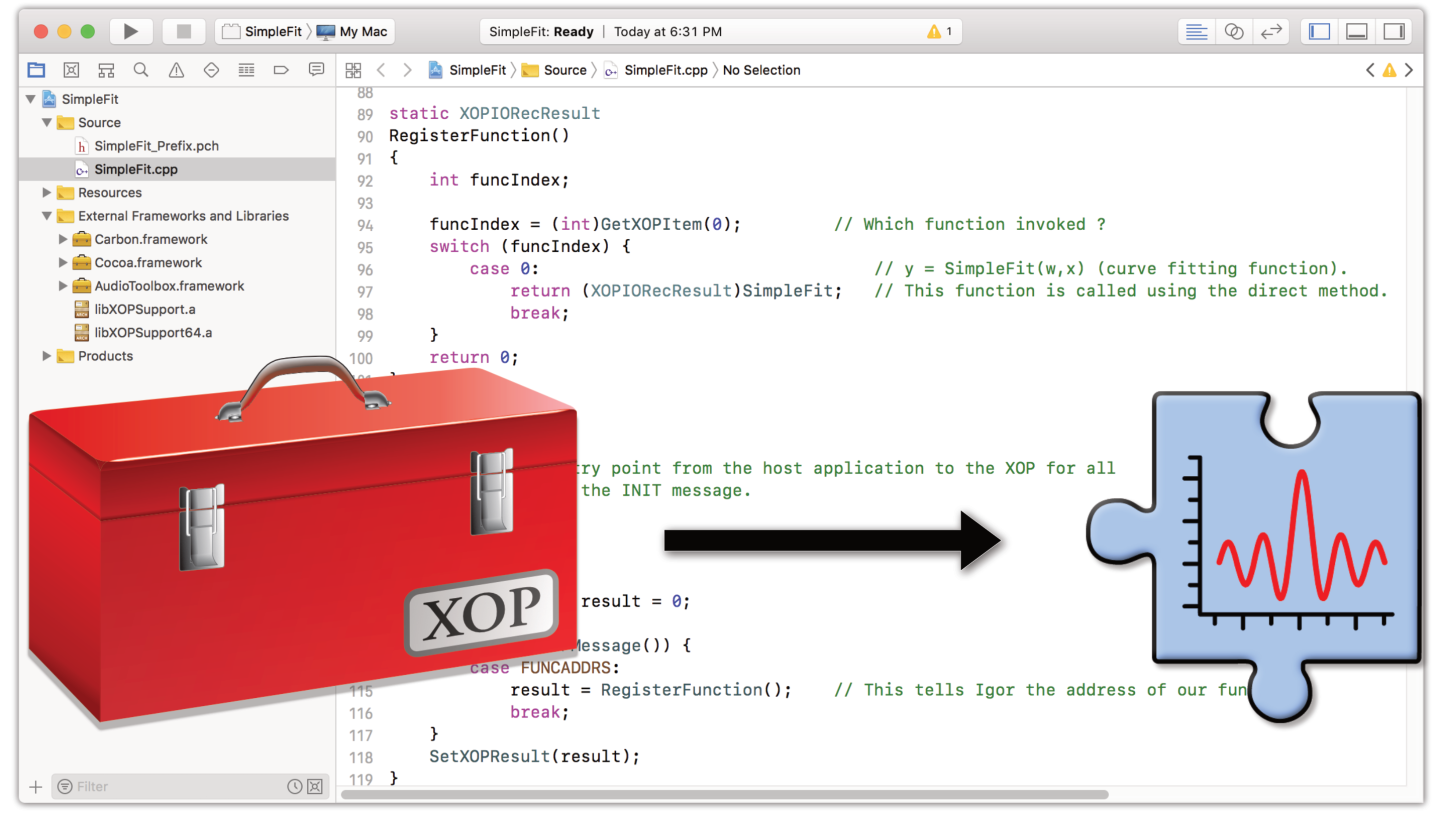
If you just want to use Eigen, you can use the header files right away. We use the CMake build system, but only to build the documentation and unit-tests, and to automate installation.
Eigen 2 documentation (old): this includes the Eigen 2 Tutorial.Įigen doesn't have any dependencies other than the C++ standard library. Eigen 3 documentation: this includes a getting started guide, a long tutorial, a quick reference, and page about porting from Eigen 2 to Eigen 3. Eigen up to version 3.4 is standard C++03 and maintains reasonable compilation times. Eigen has good compiler support as we run our test suite against many compilers to guarantee reliability and work around any compiler bugs. Implementing an algorithm on top of Eigen feels like just copying pseudocode. The API is extremely clean and expressive while feeling natural to C++ programmers, thanks to expression templates. Eigen is thoroughly tested through its own test suite (over 500 executables), the standard BLAS test suite, and parts of the LAPACK test suite. Reliability trade-offs are clearly documented and extremely safe decompositions are available. Algorithms are carefully selected for reliability. For large matrices, special attention is paid to cache-friendliness. Fixed-size matrices are fully optimized: dynamic memory allocation is avoided, and the loops are unrolled when that makes sense. Explicit vectorization is performed for SSE 2/3/4, AVX, AVX2, FMA, AVX512, ARM NEON (32-bit and 64-bit), PowerPC AltiVec/VSX (32-bit and 64-bit), ZVector (s390x/zEC13) SIMD instruction sets, and since 3.4 MIPS MSA with graceful fallback to non-vectorized code. Expression templates allow intelligently removing temporaries and enable lazy evaluation, when that is appropriate. Its ecosystem of unsupported modules provides many specialized features such as non-linear optimization, matrix functions, a polynomial solver, FFT, and much more. It supports various matrix decompositions and geometry features. It supports all standard numeric types, including std::complex, integers, and is easily extensible to custom numeric types. It supports all matrix sizes, from small fixed-size matrices to arbitrarily large dense matrices, and even sparse matrices. 
Now that a corresponding assembler level type has been created in the Structures view, it can be used in the disassembly.įor more info about using Local Types and two kinds of types check this IDA Help topic. To make it available, double-click it and answer “Yes”. The structure appears in the list but cannot yet be used in disassembly. In the new dialog enter a C syntax structure definition and click OK. For example, open the Local Types ( Shift– F1 or View > Open subviews > Local Types), then press Ins (or pick Insert. It is most useful with the decompiler but can still be used for the a ssembler level types such as Structures and Enums. The Local Types view shows the high level or C level types used in the database such as structs, enums and typedefs. If you happen to have some formatted data in your disassembly and want to group it into a structure, just select it and choose “Create struct from selection” in the context menu. This was mentioned briefly in the post on selection but is worth repeating. But are there other options? Let’s look at some of them.

The standard way of doing it involves using the Structures window and adding fields one by one, similar to the way you format data items in disassembly. When reverse engineering a big program, you often run into information stored in structures.






 0 kommentar(er)
0 kommentar(er)
